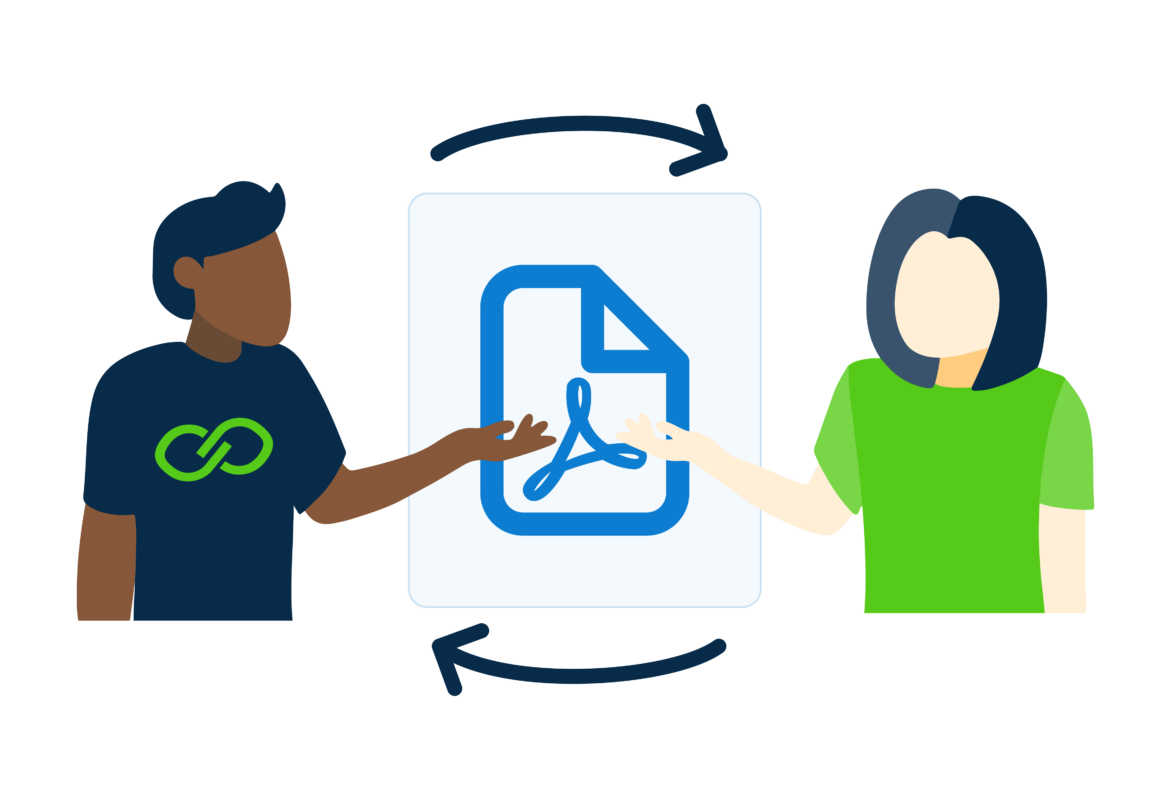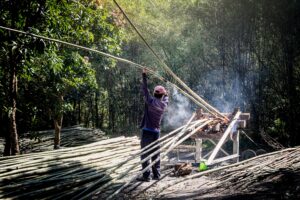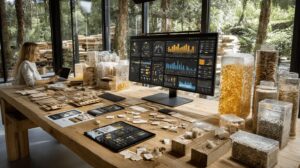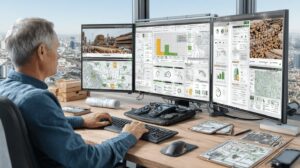Starting in 2025, large companies previously covered under the Non-Financial Reporting Directive (NFRD) must begin reporting on sustainability data for their 2024 financial year—under the new Corporate Sustainability Reporting Directive (CSRD). By 2026, this will apply to a much larger group of companies, creating a ripple effect across their entire value chains.
If you’re a supplier, this affects you directly.
Your customers—especially the large manufacturers and retailers—are going to need detailed environmental data from you to meet their own reporting requirements. Now is the time to prepare: so you’re ready when they ask.
Step 1: Measure your baseline footprint
Start by calculating your company’s overall environmental footprint using the GHG Protocol as a guide.
If you manufacture products, a Life Cycle Assessment (LCA) is your best starting point. Not only will this help you understand your own impact, but it’s also the most accepted format for sharing product data under the CSRD.
Step 2: Be ready to share product-level data with customers
Your customers will soon be asking for primary environmental data from their highest-impact suppliers—which may include you. This means they’ll want product footprints, preferably in LCA format. Not just CO₂ emissions, but land use, water consumption, biodiversity impact, and more.
Here’s how to stay ahead:
- Identify high-impact products in your own portfolio. What materials or processes contribute most to your footprint?
- Prepare your product data. Conduct LCAs or gather verified product environmental data. Some customers may provide access to tools or templates.
- Standardize your reporting. Whether it’s through a shared tool or a common format (like EF-compliant LCAs), consistency helps everyone.
- Train your team. Build internal knowledge on environmental reporting, so you’re not scrambling when requests come in.
- Collaborate with your customers. They may offer training, tools, or templates—especially if they’re serious about Scope 3 reductions.
💡 Some of your clients may already be under CSRD themselves. That means they’re required to collect this kind of data—so being ready gives you a competitive edge.
Keep an eye on what’s next: CSDDD & the Omnibus Proposal
Regulations are still evolving. Two key developments to watch:
- Corporate Sustainability Due Diligence Directive (CSDDD) – This will hold companies accountable for environmental and human rights risks in their supply chains. If you’re a supplier, you’ll likely be asked to demonstrate how you manage these risks.
- EU Omnibus Proposal – This may delay or adjust the scope of CSRD requirements for some companies, but the long-term direction is clear: more transparency, more responsibility, and more supplier involvement.
Final thoughts for suppliers
Whether your customers are reporting in 2025 or 2026, the message is the same:
✅ You need better data
✅ You need the right tools
✅ You need to work closely with your customers
Need help starting out?




